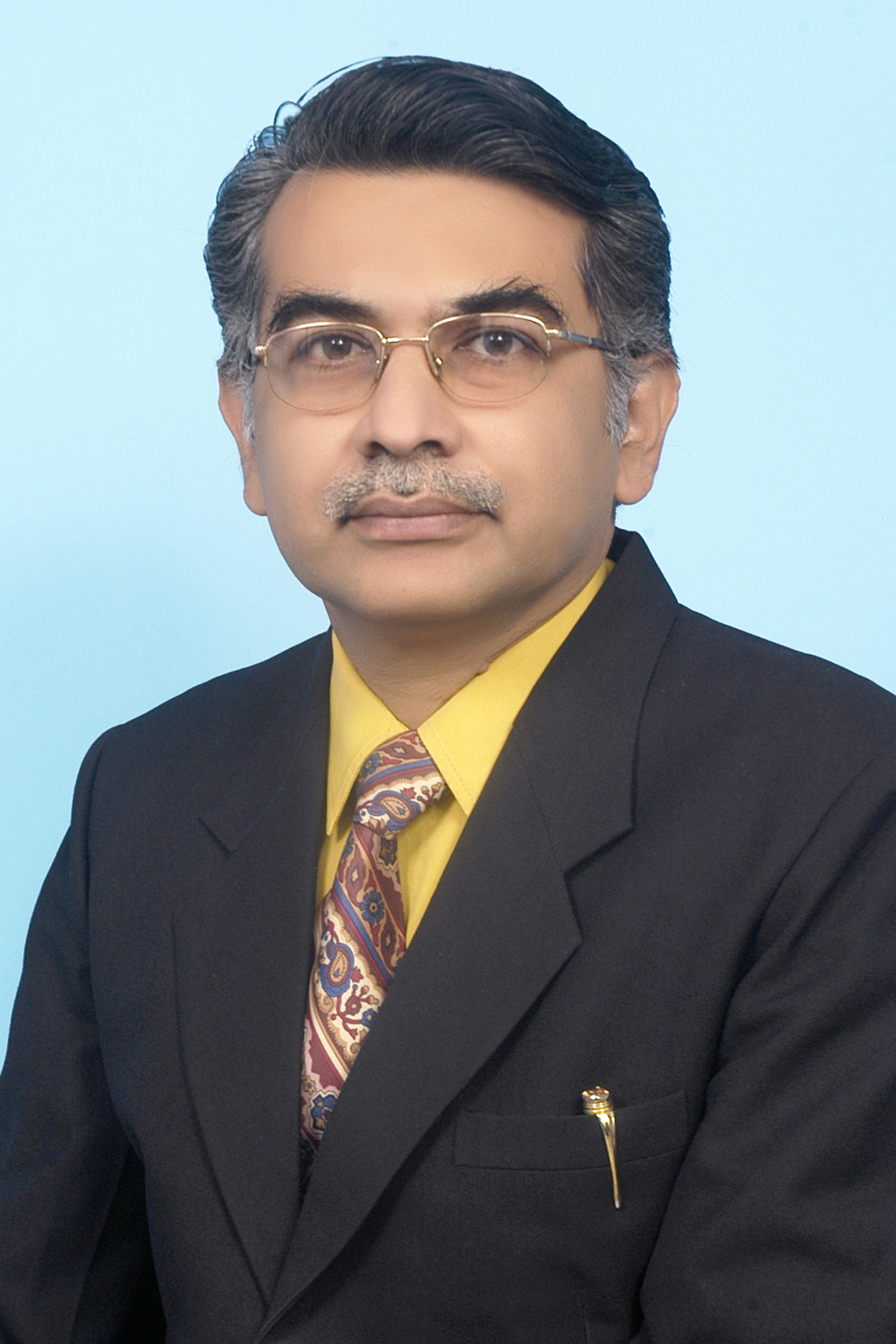By: Prof PSN Rao, Professor, School of Planning and Architecture & Chairman, National Association of Realtors-India (NAR-India)
 Track2Realty Exclusive: The last few years have seen a complete transformation in the design of residential apartment complexes all over the country. It is virtually impossible for people to afford single storey or double storey bungalows. Land being very expensive, only a select few can have this luxury.
Track2Realty Exclusive: The last few years have seen a complete transformation in the design of residential apartment complexes all over the country. It is virtually impossible for people to afford single storey or double storey bungalows. Land being very expensive, only a select few can have this luxury.
Further, many people, even if they can afford, do not wish to have this kind of a format as the maintenance becomes very difficult. Further, in such formats, various facilities and amenities become difficult to be positioned. Therefore, seeing the inherent advantages of gated communities with shared facilities and amenities, the demand for such a format of design is increasingly gaining popularity.
What is emerging today as the ‘in’ thing is for one to have a large residential community where there are a few blocks of apartments set amidst greens, recreational facilities, shared car parking and security systems, common facilities and amenities so that their maintenance becomes viable. This also releases a lot of space for open greens.
What started as mid rises have today gone up to high rises, at least 90 meters in height or having more than 25 floors. Globally, these are referred to as ‘high rise buildings’. Imperial Towers I and II at Tardeo, Mumbai are the tallest residential towers at 60 floors. While all is well with community living having shared common spaces and facilities, going very tall has its own share of problems.
Tall buildings are firstly very expensive as the foundations need to be deeper and stronger. Further, the height also places requirements for protection against high wind loads. Earthquake resistance is another area which needs careful attention. Vertical transportation is needed to be carefully planned so that evacuation of the building during emergencies becomes easy. Specialised fire protection systems also need to be installed so as to protect the building and the lives of the people living in it.
Various other services also need careful attention. For instance, pumping up the water to such great heights needs high powered pumps. Similarly, electrical and other systems need to be adequately designed. Further, since one cannot easily access the outer surface of the building on account of the height, care should be taken ensure that fitments are put in place in such a manner that their repair at a latter date is easy.
High rise buildings also have to necessarily be fully airconditioned since there is no question of opening windows, the building has to be sealed. Water proofing, sunlight glaze control, etc. are other considerations which need careful planning.






3 Comments
Good stuff you mentioned in your blog..thanks for sharing with us
I agree to this the building must be made with good material and you can take help from real estate . Architecture must be concentrete during there work.
Thank you for shraing the views with us.
sir,
firstly thanks for spreading awareness & caution.. However a small doubt as regards to possibility of openings at higher reaches. the predicted wind velocity in general cant be be more than 12-15 knots which may be double than usual.. i will be glad if you can expand this and educate for the reason that complete AC can not make it to natural ventilation in indian scenario and may not fall in affordability cause owing to the cost..